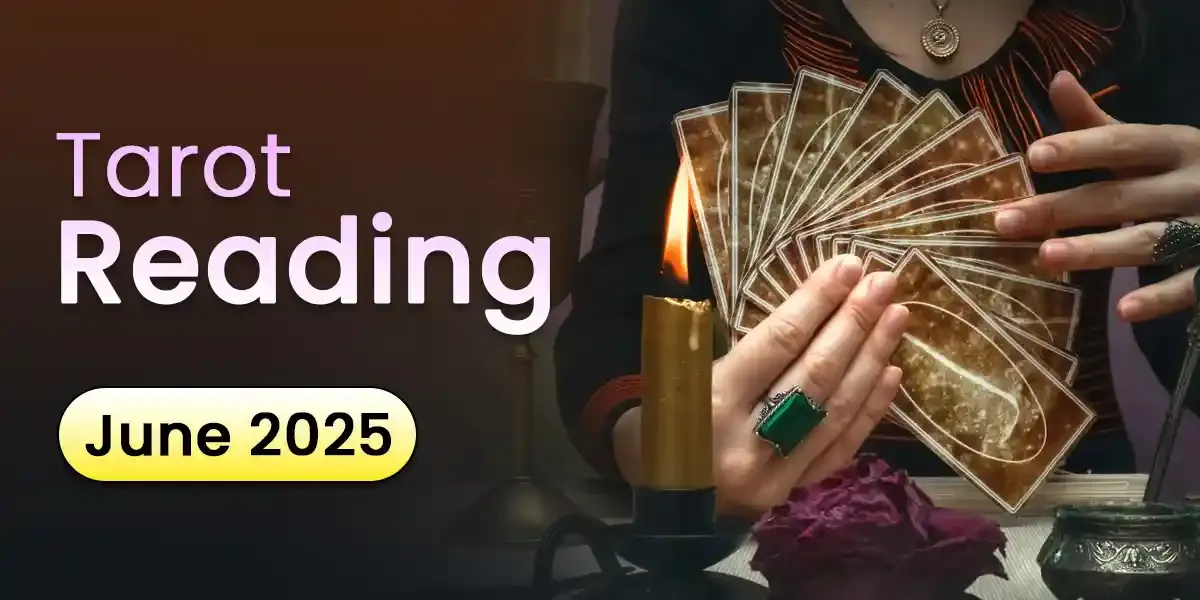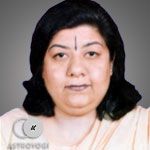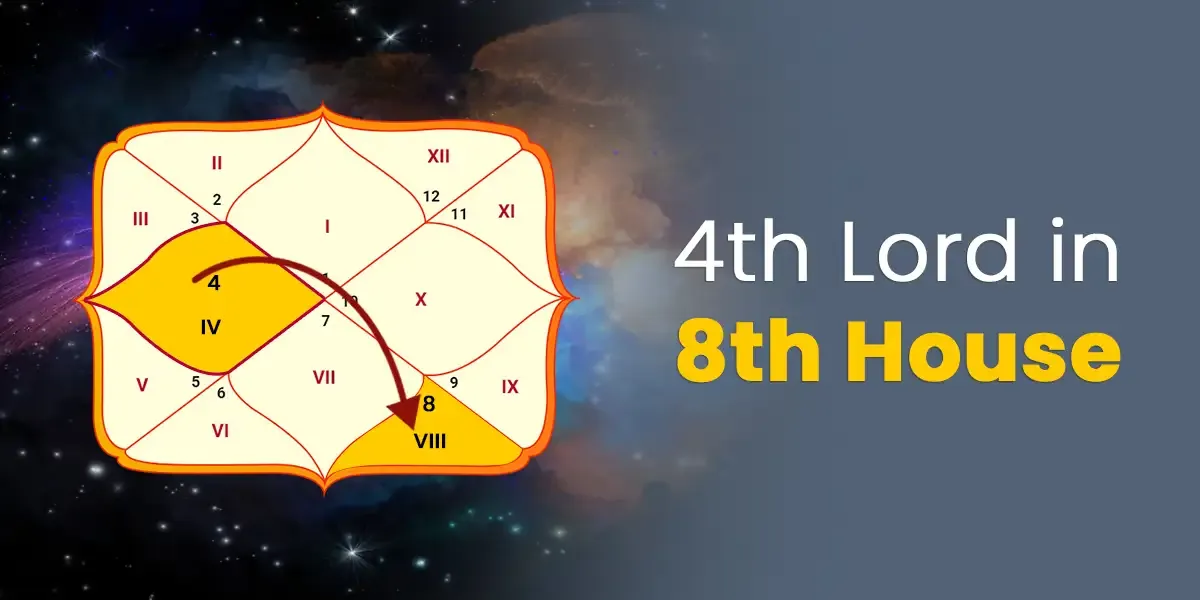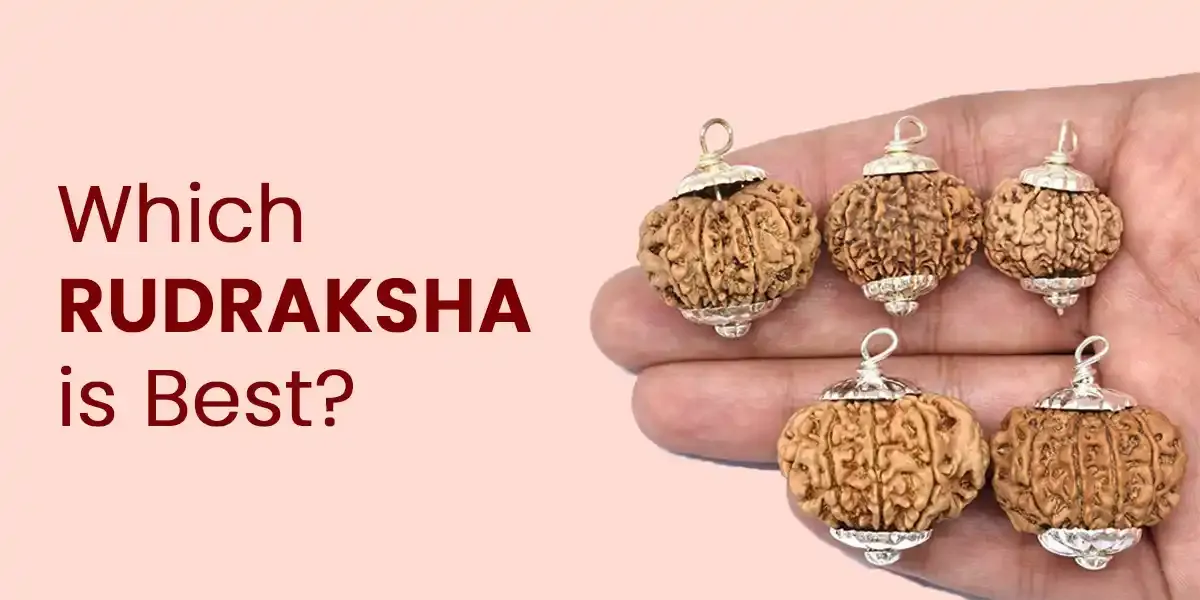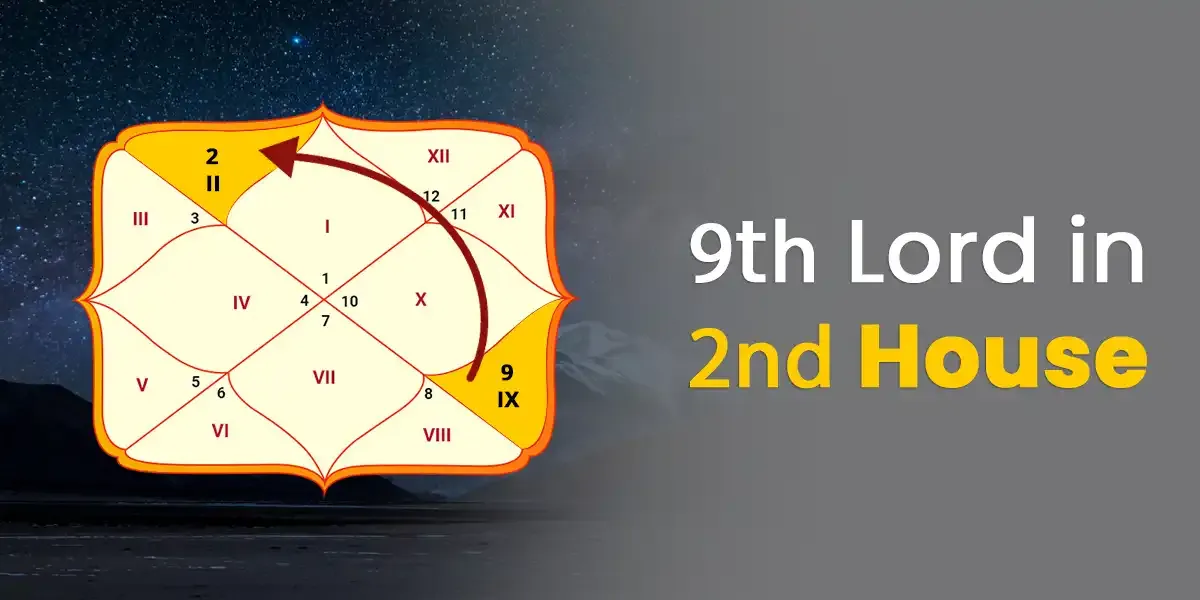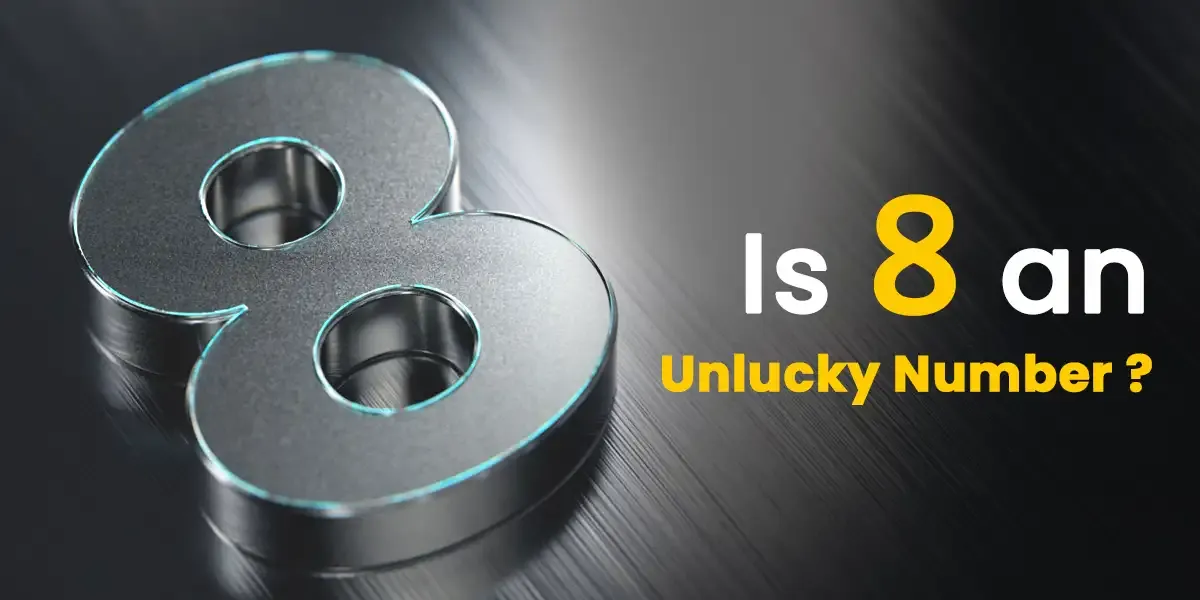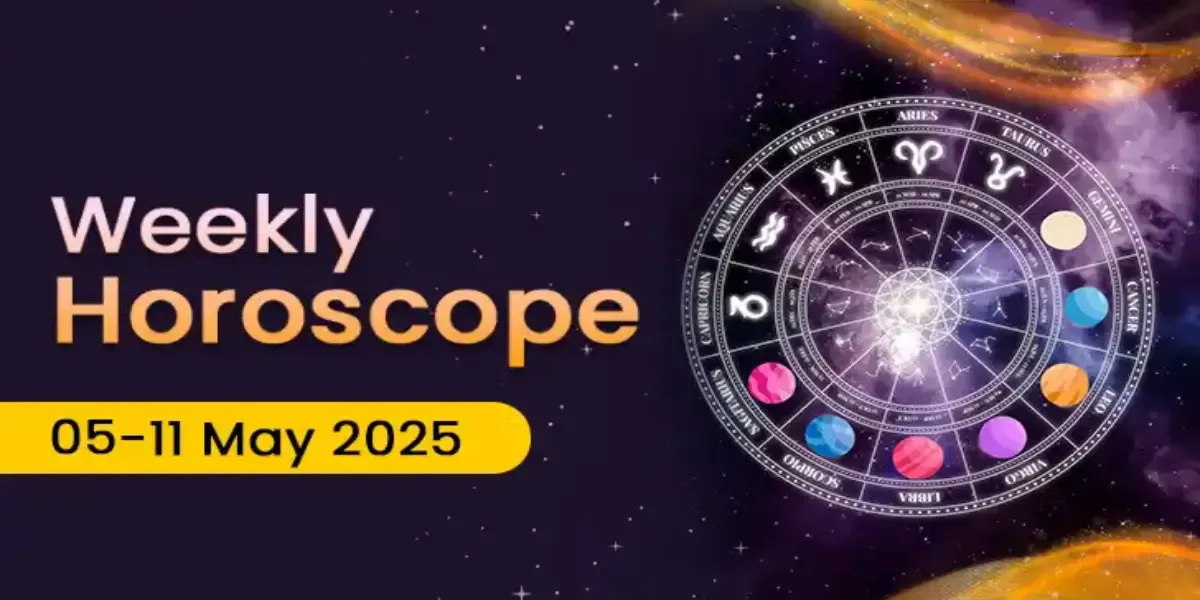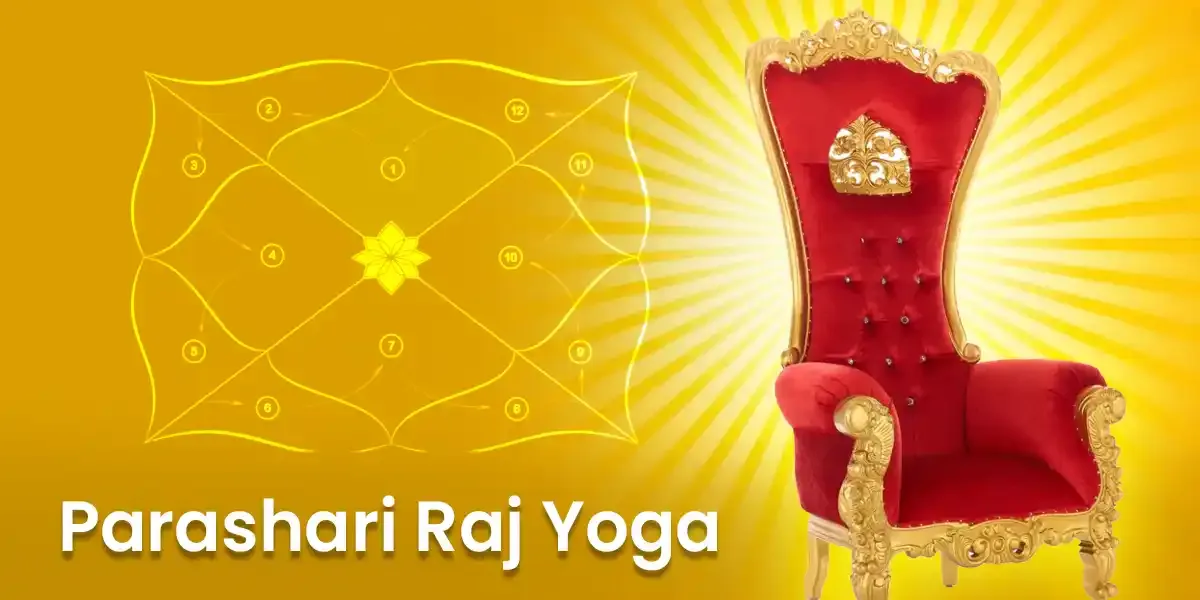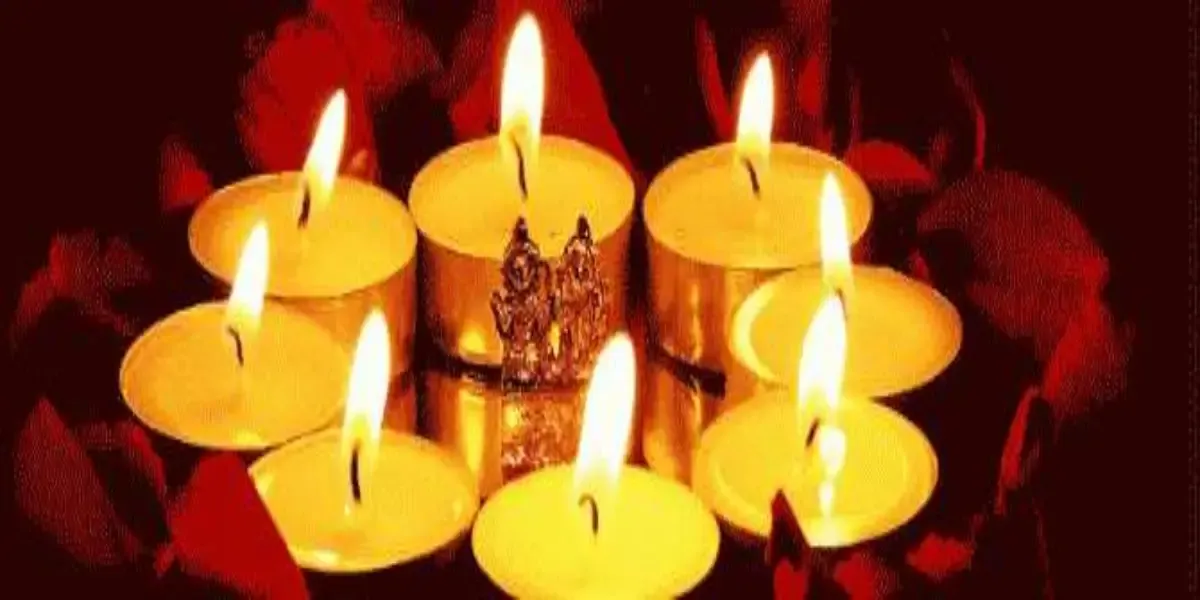
India is in the mood to celebrate Diwali and festivities have already begun. The celebrations and the rituals in different parts of India may differ but the spirit with which people welcome Diwali is just the same. The sound of firecrackers, well lit lamps, beautifully designed Rangolis make this festive month the most enjoyable one for everyone.
Diwali celebrations differ from region to region and it's amazing to see how many different forms one single festival can have.
Celebrations in the East
People in West Bengal celebrate Kali Puja during the festive occasion of Diwali. This is what makes Diwali different in Bengal. Mostly, Diwali is known to be a time when people buy new clothes, utensils and gold but in Bengal the Diwali celebrations are quite different. Evenings are always pleasant as family gatherings, fireworks, lighting lamps, gambling and feasting- all happen during this time. The nights are beautiful and the well lit streets of Bengal are a sight to see.
Towards the east of West Bengal is Assam where people celebrate Diwali by lighting diyas and these decorated lamps are placed on trunks of banana trees. People here believe the banana leaves to be auspicious and is widely used for offering prasad after the Laxmi puja is done. Children, especially eagerly await this festival. For them, it's all about bursting firecrackers and tasting the mouth-watering sweets prepared at home.
In Orissa, Diwali celebrations are again all about lighting diyas, worshipping goddess Laxmi and Kali, bursting crackers and decorating homes. The only thing that makes it different is the ritual where people appease their forefathers by worshipping with a lit jute stem. In Bihar, Diwali celebrations start 2 days before the actual festival of Diwali, and is known as Dhanteras. During this occasion new utensils are bought and kept at a sacred place in the prayer room. Chhoti Diwali is celebrated a day before Diwali and the main day is known for celebrations that happen on a much larger scale.
Celebrations in the West
People in the western part of India, especially in the west celebrate Diwali by worshipping goddess Laxmi, the goddess of wealth. Important is the fourth day of the festival when people celebrate the Govardhan Puja, which also marks the New Year Day for Gujaratis. There is a belief that homes that are not well lit are not visited by goddess Laxmi and this is one of the main reasons why people leave no stone unturned when it comes to lighting every corner of the house.
In Rajasthan too, people decorate their homes with artistic and colourful rangolis, prepare sweet dishes and invite guests in to celebrate together. Firecrackers are very popular and people in Rajasthan are step ahead when it comes to celebrating this occasion with renewed vigour.
Celebrations in the North
Shopping sprees, spring cleaning, heavy discounts and renovations; Diwali is possibly the busiest and the most enjoyable festival for Delhiites. New clothes are a must and people simply can't get enough of shopping for household goods. During Dhanteras, new utensils are bought to usher in good luck. Gifting is a common practice in Diwali and sweets and dry fruits are the most popular amongst all the gifts available in stores. For shopkeepers, this is an important time of the year. There is a belief that sales during Diwali are an indication of how things are to progress in the coming months.
In Punjab and Uttar Pradesh, people are busy decorating their homes with Rangolis and prepare a variety of sweet dishes for loved ones, guests, friends and others. Celebrations begin days in advance and thousands of diyas lit during this festive occasion make this festival quite a magical experience.
Celebrations in the South
In the south, especially in Andhra Pradesh, Karnataka, Kerala and Maharashtra, homes are cleaned and Diwali preparations begin at a frantic pace. Ovens are cleaned and scrubbed with lime. Kumkum dots are applied as part of an ancient ritual. Rangoli designs made in this part of India are very popular and are known for being innovative yet traditional. New clothes are worn and people look forward to celebrating Diwali with fireworks lighting up the dark night sky.
Our in-house team of writers comprises of vibrant, like-minded, and curious souls who are passionate about helping people find joy and motivation through the magic of words. Our writers are keen on using their skills to make the study of divination sciences a guiding tool in people's lives. They hold expertise in writing on a myriad of topics related to Indian Astrology, Spirituality, Planetary Movements, Vastu Shastra, Numerology, and Tarot among several others. The Astroyogi team aims to write articles that can help the readers lead a life of peace and tranquility whilst enjoying the many ups and downs of life!






